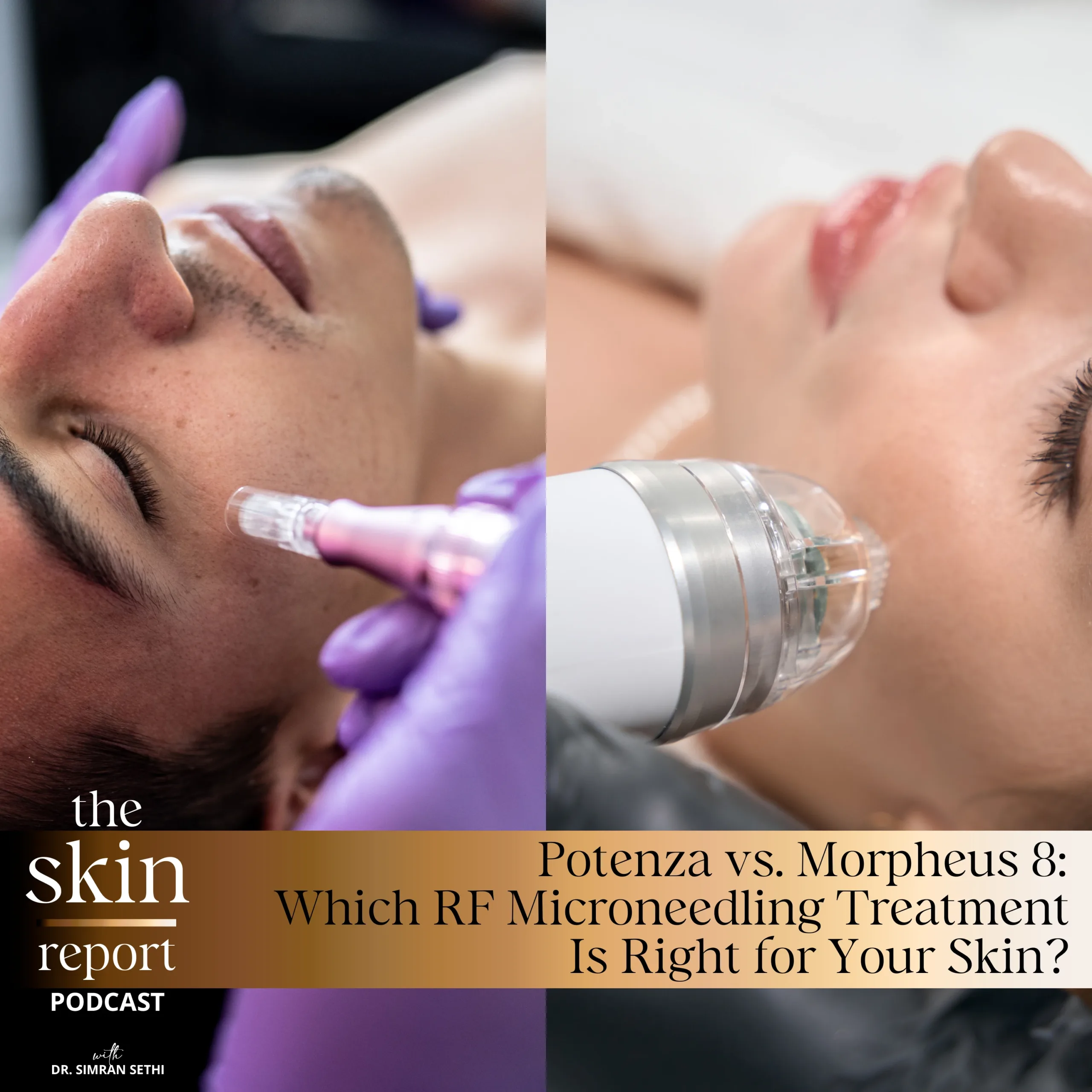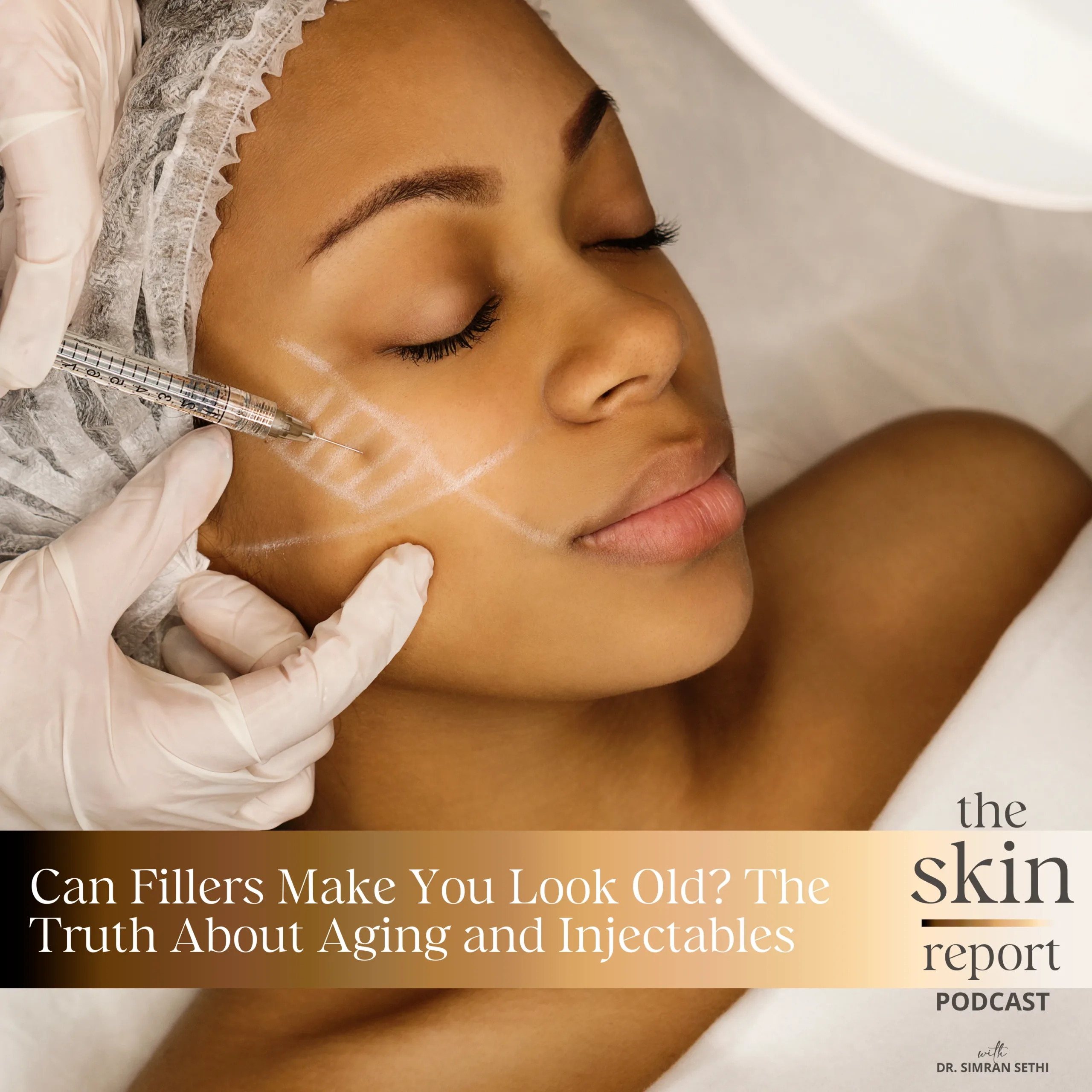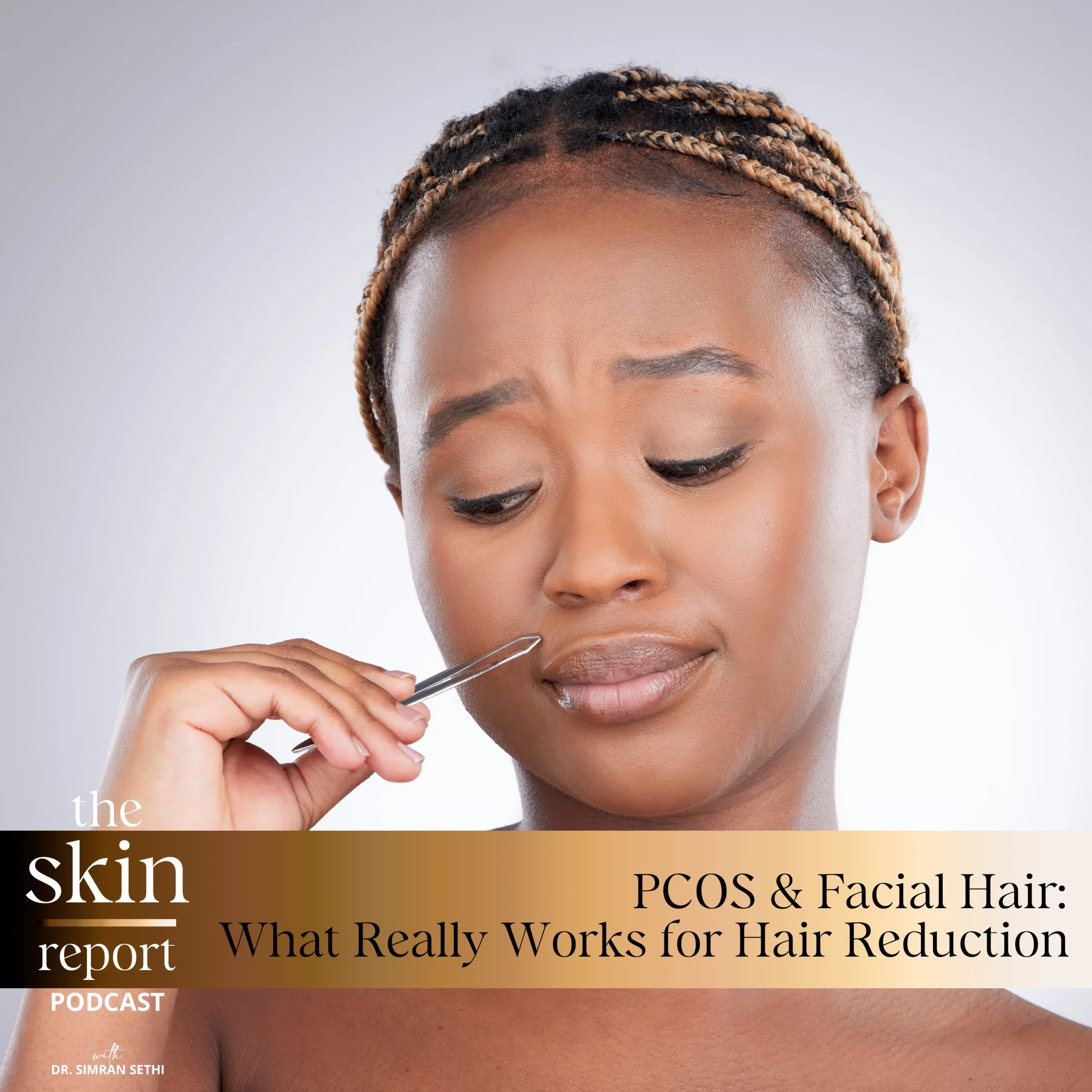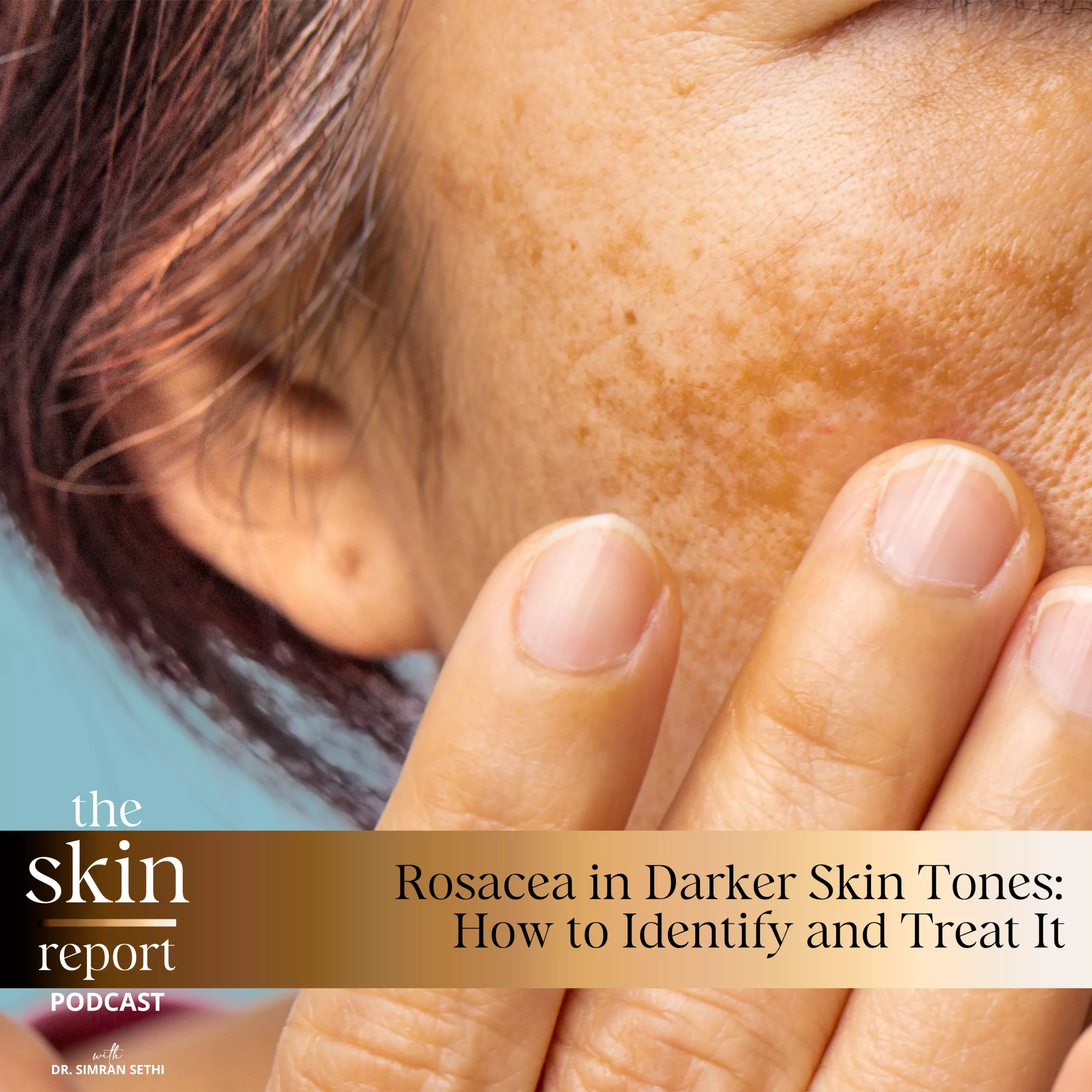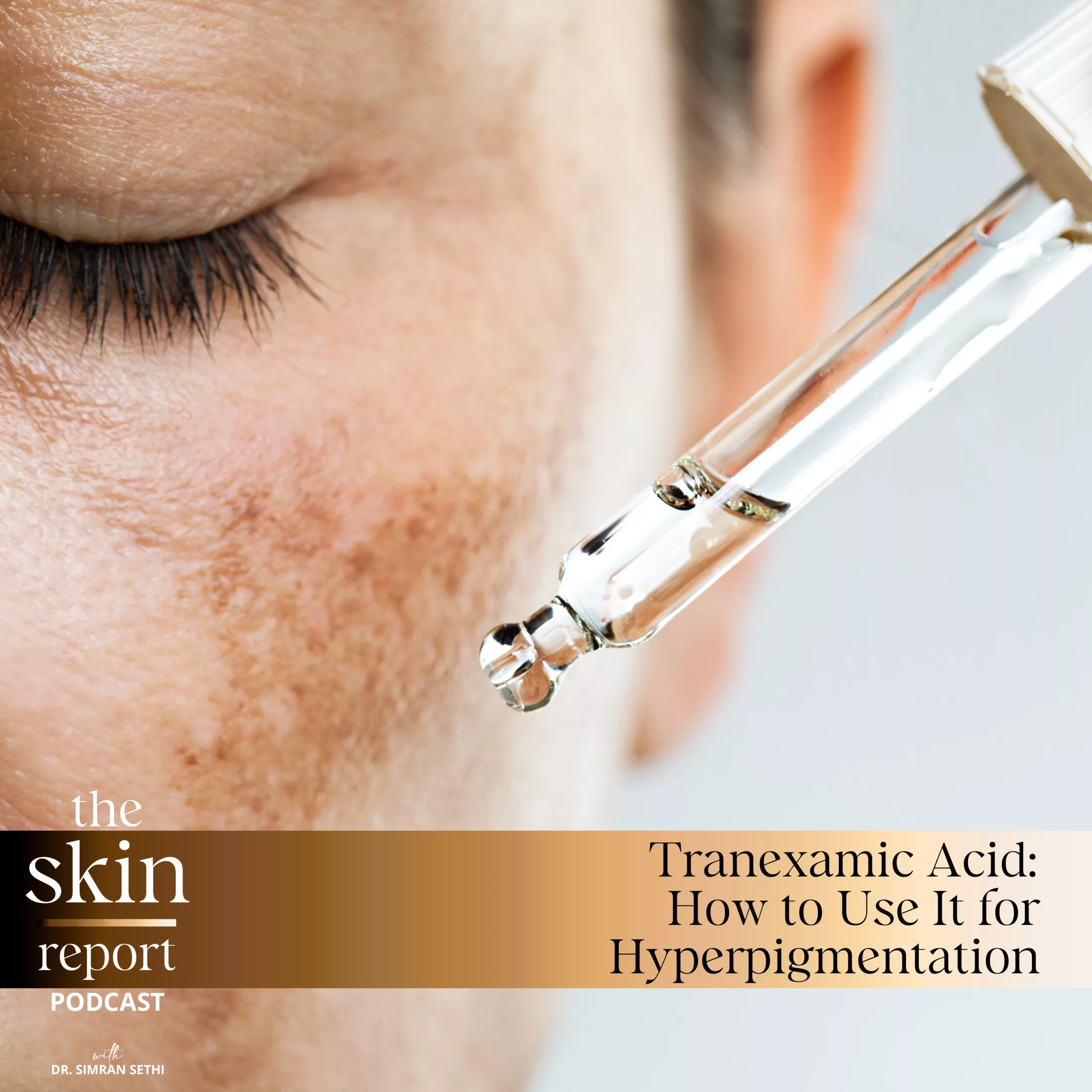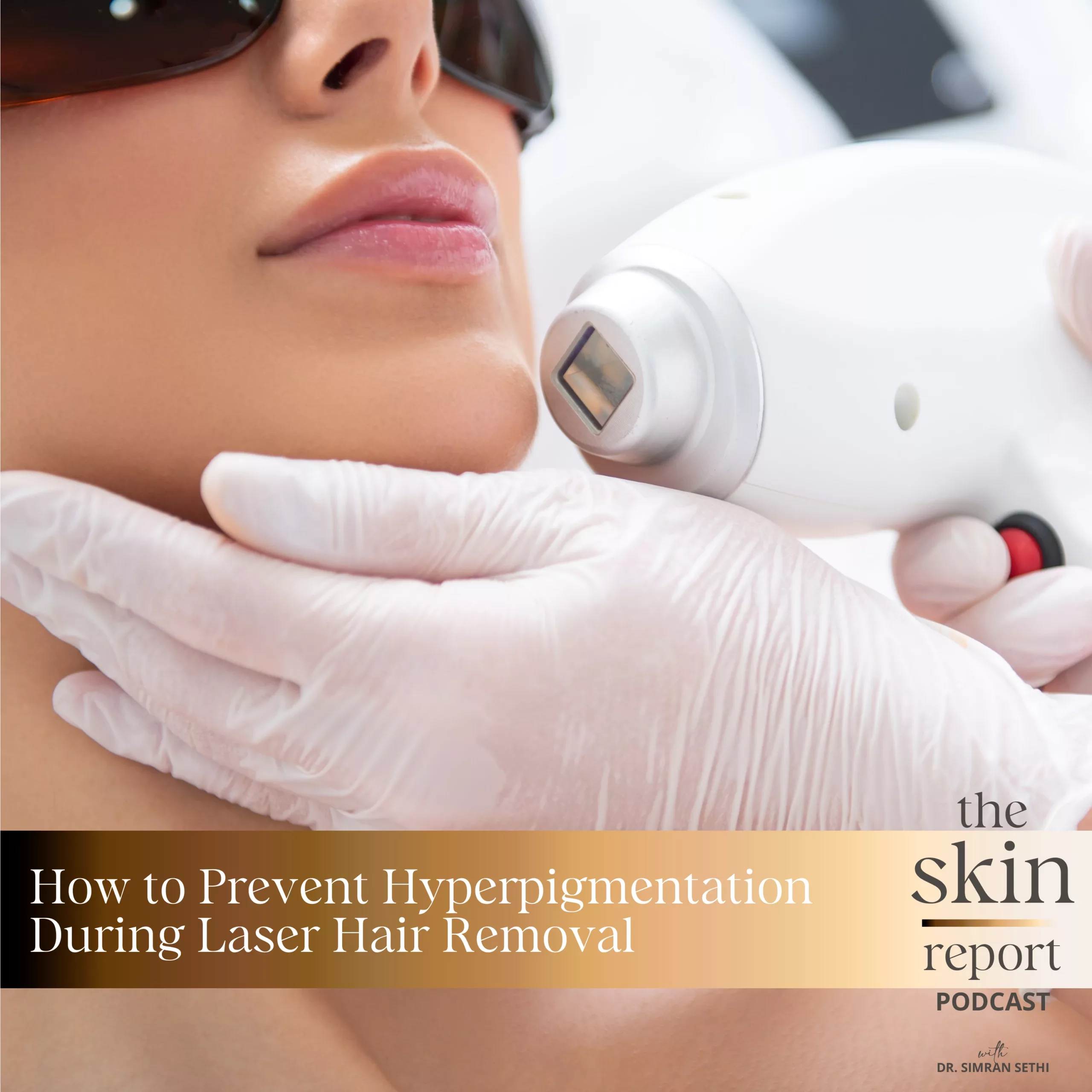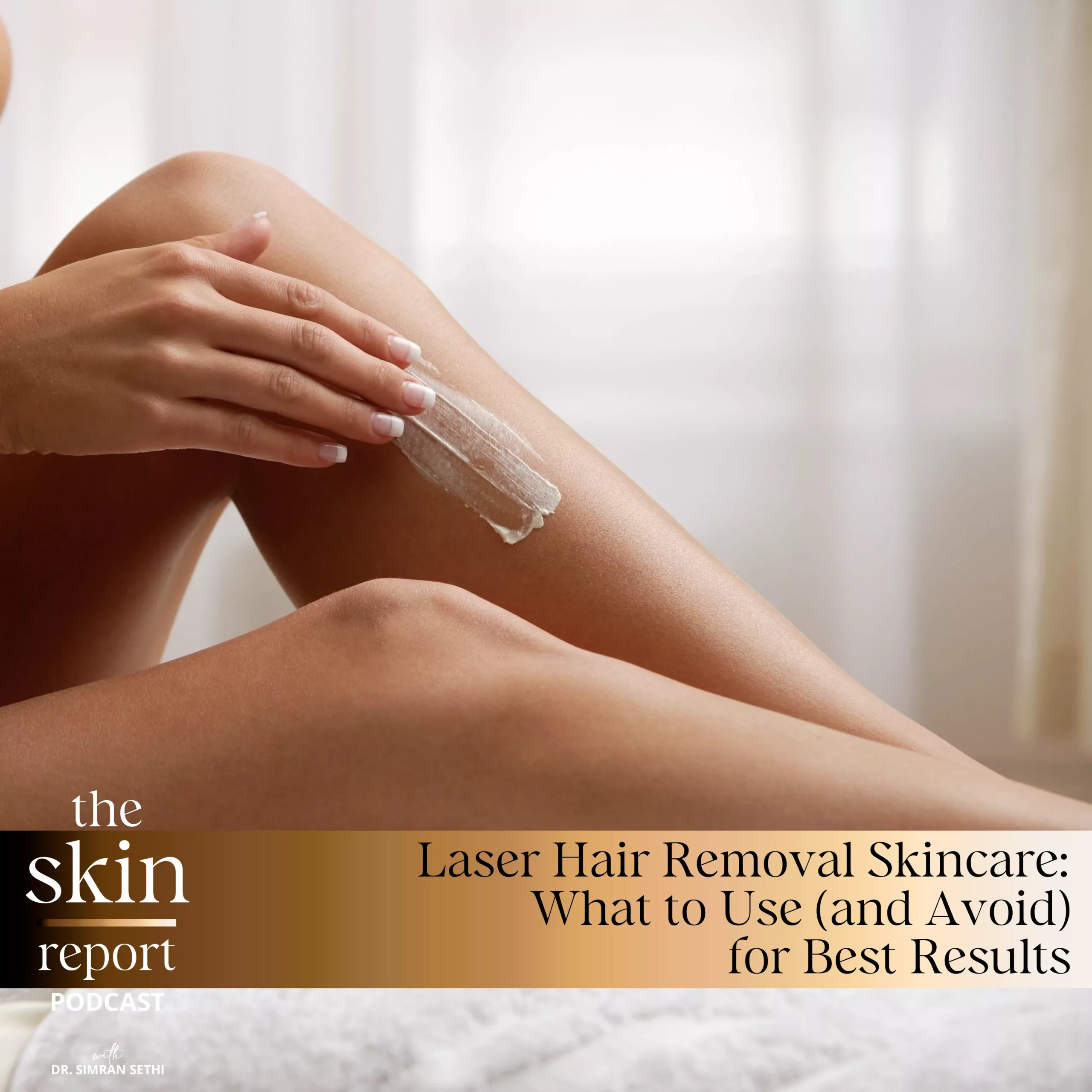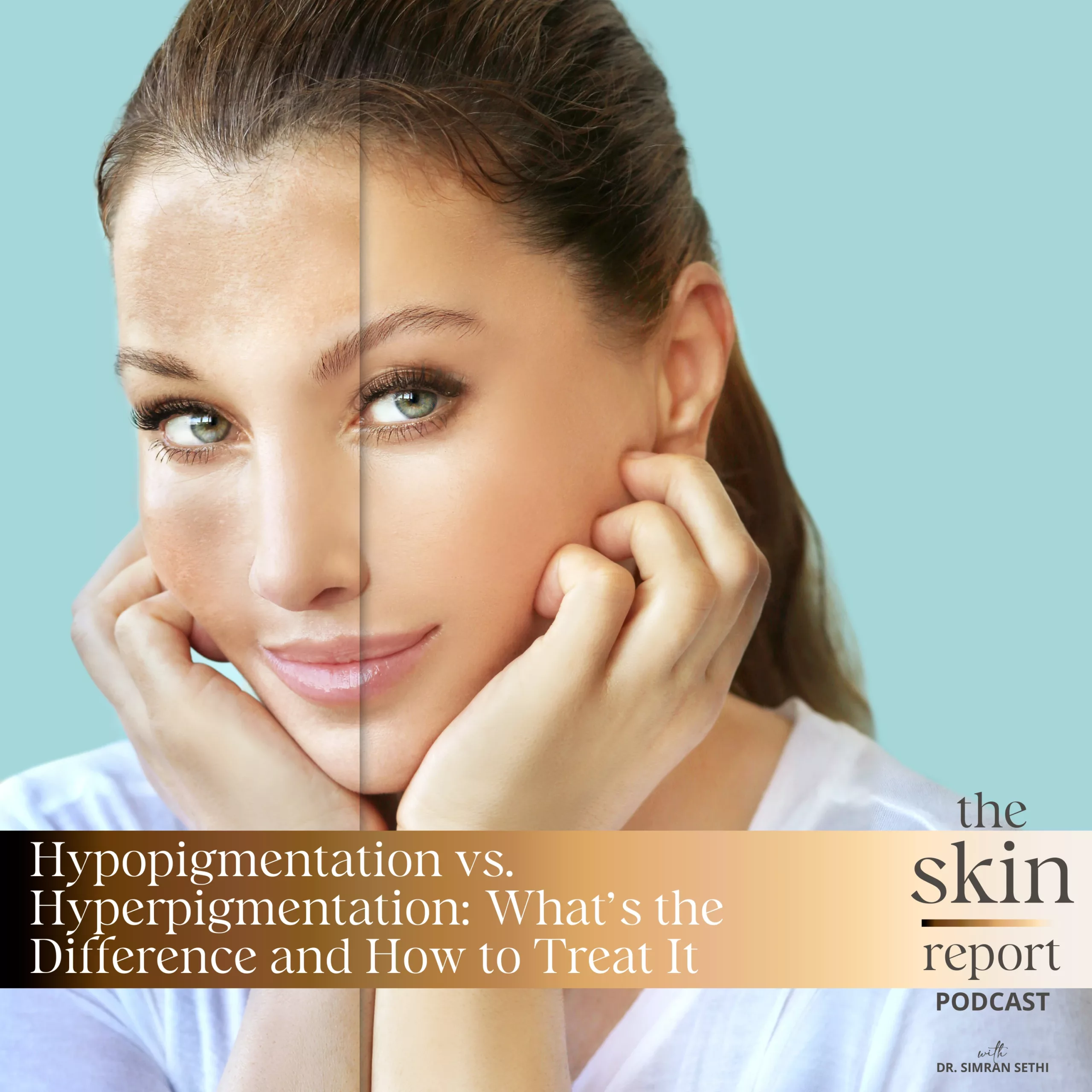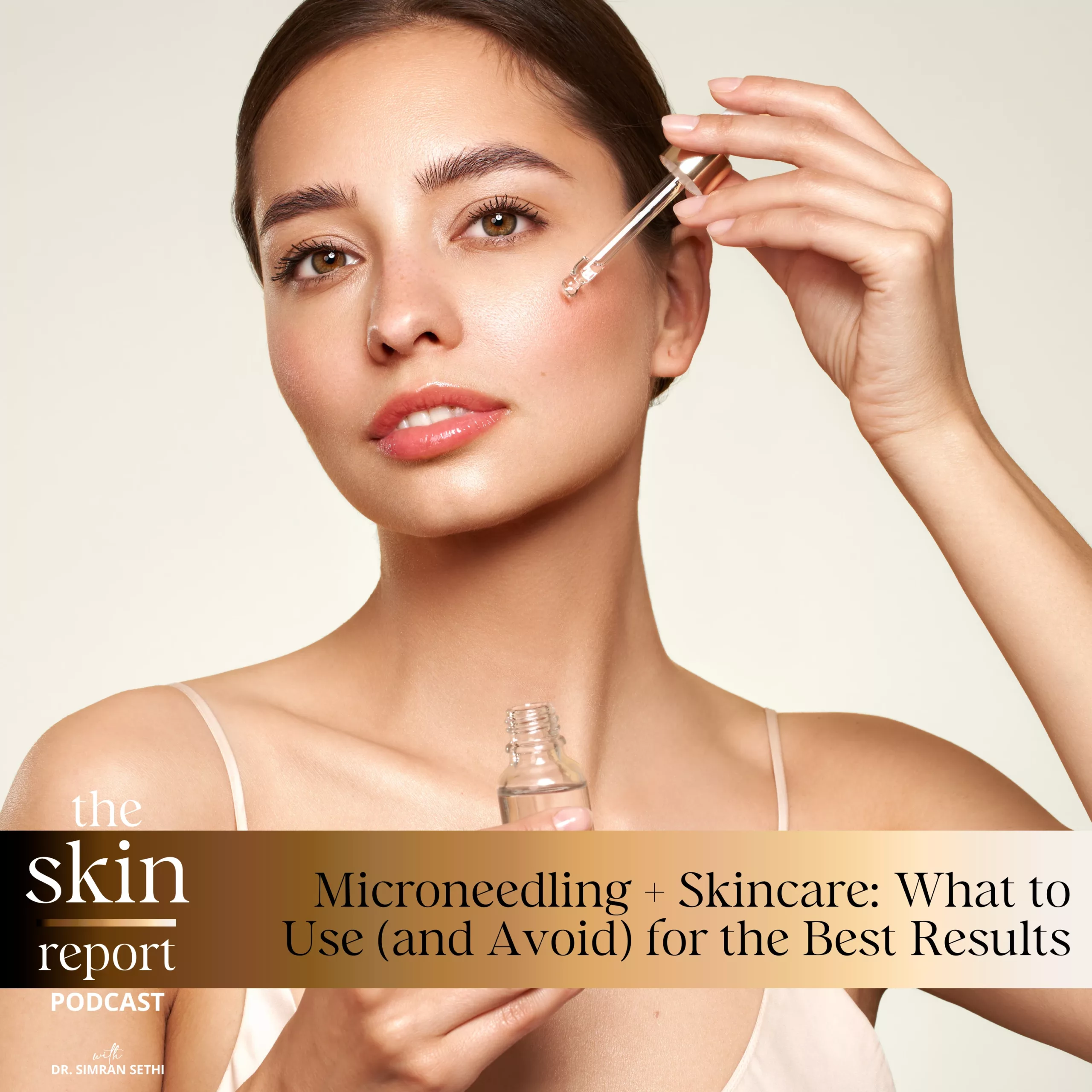Most people now know that you have to change your skincare routine as the weather changes, but you actually also have to address your skincare routine, likely when you change where you’re living or you’re traveling to another part of the country or world. Today we’re going to talk about skincare in different climates, and we’re going to start with what are the different climate types? How does the skin change depending on what climate you live in, what kind of skincare ingredients, skincare types you should have depending on the climate you are living in? And then finally, what is the one skincare ingredient or skincare product that you should have regardless of the climate that you live in? And it’s actually not just sunblock. I’m Dr. Simran Sethi. Let’s get started.
There are really three different climate types that affect how your skin reacts to the climate. One is humid, the second dry climates, and the third is how close you live to the equator or how much sun you’re getting. How does this affect your skin? When you live in a climate that is very humid, likely you have oilier skin or your skin is very well hydrated. If you have naturally oily skin, you’re going to be a little more prone to breakouts. If you don’t have skin that’s acne prone, you likely will have very nice, healthy skin that tends to stay nicely hydrated. You of course, can have dry skin, but it’s not going to be very exacerbated as it would be if you now move to a dry climate. Okay, so let’s go into what kind of skincare products should you use depending on the climate you live in.
At this point, I want to refer to a melanin map, which I actually use quite frequently in my instruction videos for my course for aesthetic providers. But when you look at this map, you’ll notice that where the equator is, where we get the most amount of sun exposure, the people who live, who are evolved from the areas close to the equator where there’s a lot of sun, tend to have more melanin in their skin, and they also have more eumelanin, which is a very strong melanin that if you put under a microscope, has a black-brown pigment in it, and it gives you very, very superior protection from the damaging effects of the sun. As you go north or south of the equator, the amount of melanin people have reduces, which means that they are more likely to experience collagen breakdown, skin cancer related to sun exposure.
So if you live in a climate that has a lot of sun exposure, very little cloud cover, you probably already know you have to use sunblock. I also want to specify you have to use a sunblock that has blue light protection because most of the blue light we get exposed to actually comes from the sun. So when you’re thinking about what kind of sunblock I should use, and actually in any climate, make sure it is a complete sunscreen that has blue light protection. And if it doesn’t say that it gives you blue light protection. It is not giving you blue light protection, so don’t assume it. It has to actually say that. Next, let’s go over the different climate types when it comes to humidity and dryness. If you live in a humid climate and have oily skin, you likely have to be very good with exfoliation and deep exfoliation.
So in those kinds of climates, make sure that if you have oily skin, use some sort of chemical exfoliant like a glycolic acid, lactic acid, salicylic acid. Second, if you are in a humid climate and you have dry or normal skin, make sure that you are using a moisturizer that’s more hydrating but not very oily. If you have dry skin or normal skin and you’re getting good hydration from your external climate and you’re hydrating with a good moisturizer, you can sort of tip over into having a little too much oil in your skin. So those are sort of the key things to remember. Good chemical exfoliation with greasy skin in a humid climate. And normal or dry skin, make sure you are hydrating with a moisturizer which is hydrating and not lipid rich if you live again in a humid climate.
Now, moving on to a dry climate. So if you live in a dry area like California and you have oily skin, you probably will notice you will have less oily skin. But that doesn’t mean that you should not give yourself some form of hydration. So sometimes when people have oily skin and they go into a dry climate, they will produce more oil to protect their skin barrier. If you have oily skin, you live in a dry climate, add on a moisturizer that is hydrating, so it should not have lipids and be very thick and rich, but it should be hydrating, and you should moisturize. If you have normal or dry skin in that dry climate, make sure that you’re using a moisturizer that is a little more lipid rich because again, you have to protect your skin barrier.
And then finally, remember I had told you that there was this one product that everyone should use regardless of which climate they live in and this product is not just sunblock. That product is hyaluronic acid or a skincare product that has hyaluronic acid in it. Hyaluronic acid’s job is to seal moisture, and everyone needs to seal moisture whether they are producing their own moisture like you would if you have oily skin or whether you’re applying a moisturizer. If you apply a moisturizer and you notice that your skin feels nice and soft right after, but then few hours later it feels dry, it’s because all that moisturizer you applied has just evaporated into your external environment. You have to always seal your moisture and hyaluronic acid’s job is to seal moisture.
So regardless of which climate you live in, you should be using some form of hyaluronic acid and applied on top of your skincare serum or moisturizer to protect your skin barrier. If you have any questions or comments, of course, leave them below. I would love to hear about any questions you have around changes in skincare that you are experiencing by moving to a new climate or adapting to a new environment. Or if you’re a skinthusiast or a aesthetic provider who has questions from their clients. Also remember to subscribe and turn on that notification bell so you know whenever we release new content.


